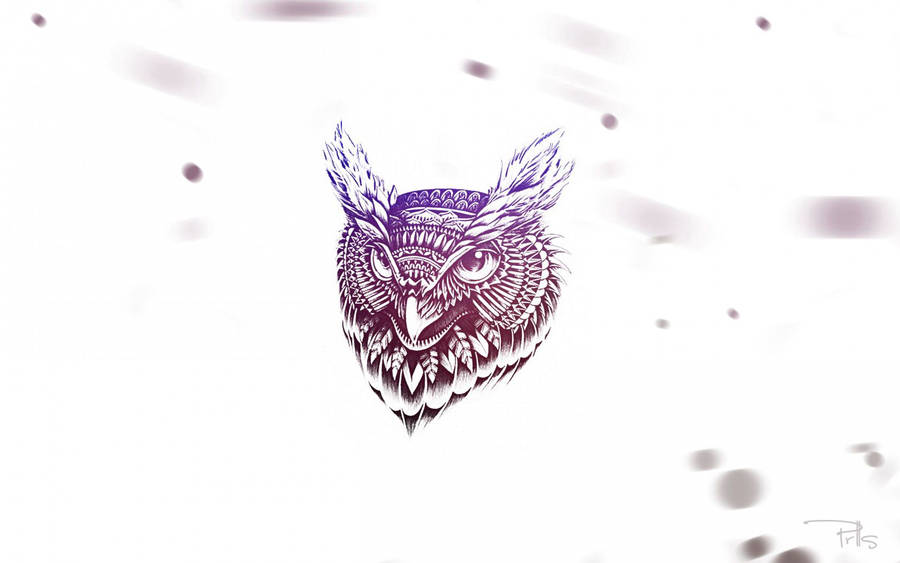You see, the modern Neopagan conventions around these two festivals are so: Beltaine is understood as the season of life, expressed and celebrated through sexual and fertility imagery. Samhain is understood as the season of death, expressed through ancestor worship, death imagery and offerings to the dead. This is at least true of nearly all modern witchcraft revival traditions. Would any of my readers be startled to learn that for the ancient Pagan Celts, this scheme is nearly backwards?
As in so many other respects, the tendency of modern revivals of Paganism is to suffer from oversimplification of theology and spiritual philosophy. Samhain and Beltaine are a prime example of this effect.
We call Beltaine the "season of life" because the plants are flowering, fruits are swelling, small animals mating, and the sun is growing stronger. So much is true on the surface of things. For the ancient Celts, however, Beltaine (and summer generally) was a season of great risk, and for this reason, was a season for sacrifices - both animal and human. The primary evidence for human sacrifice (apart from the distorted reports of it recorded by contemporary non-Celtic writers) comes from preserved bog burials such as the Lindow man of Wales, and similar remains found on the Continent and Ireland. Remnants of the last meals of these sacrificed people show that in many cases, they were in fact killed in late Spring. Folk culture in these areas preserves many, many references to death and sacrifice in connection to Beltaine; such as Morris dances, scape-goating, effigy sacrifice, etc.
Why should this be? If the season when the natural world visibly comes into contact with death is the onset of winter, why not make that the time of sacrifices, of propitiating death with offerings? Because the timing is wrong for the magick to work, that's why. For people dependent on natural cycles for their survival, when the threshold of winter arrives at Samhain, the time of greatest risk is already past. Whatever harvest the summer gave you has been gathered in, and you only have to hope for the length of the winter to be merciful. At the onset of summer, on the other hand, everything is at stake. What comes in the months between Beltaine and Samhain can make or break your clan. If there is too much summer rain, and the crops rot in the fields - if there isn't enough, and the grain and calves don't fatten - if any of a thousand things go wrong during the growing season, your people may go hungry when the winter comes. Thus the growing season is the time of greatest risk, and the greatest need for sacrifice to propitiate the Gods. The Celts believed that life had to be fed by the sacrifice of life, and so sacrifices were made. Beltaine is thus the season of life, but also the season of death.
We're told that Samhain is religiously celebrated as the season of death because at this time cattle were slaughtered that were not being kept (and fed) through the winter. And because the vegetative life of the land is visibly dying as winter approaches. All this being quite true, Samhain is naturally a season of death. However, if you look at the mythology and religious practice of the Celts, a more nuanced picture emerges. Samhain is everywhere linked in the lore with sexual matings; and in particular the mating of the human realm and Otherworld through sexual unions. For example, the tryst of the Morrigan and the Dagda on the eve of battle occurs at Samhain; following their mating, She prophesies His victory over the Fomoire, and offers Her aid in the coming battle. Cu Chulainn, the great hero of Ulster, makes his tryst with the Faery woman Fand at Samhain; likewise Nera, the warrior of Cruachan, also meets and marries his Faery wife at Samhain. In almost every case, the warrior meets an Otherworldly female on Samhain eve, mates with her sexually, and then is sent into battle on her behalf or under her protection. There are countless examples of these Samhain couplings, often linked to battles: Aine and Ailill Olom; the elopement of Etain and Midir, etc.
 | |||
| Dagda and the Woman, by Jim Fitzpatrick |
These are just a few examples I highlight here for contrast with the prevailing Neopagan conventions about these holidays. In truth both have very complex histories arising from their changing practice across many different tribes and shifting with the tides of history. I suppose what I want to communicate here is not so much that our modern ways of celebrating these holidays are wrong; but rather that I feel something is lost when we simplify them down to equating Beltaine with sex and Samhain with death. There is a deep wisdom embedded in the ancients' understanding that sexuality, fertility, death, sovereignty, and sacrifice were all inextricably linked. That our human work is to understand these linkages, feed them, and find our places within them. There is a potency in celebrating sex and death together, as alternating currents of a single numinous power, perhaps, rather than as separate seasons.
As we like to sing in the Coru: Balu! Maru! Balu! Maru! (Sex! Death! Sex! Death!)
(Of course, it should go without saying that I don't advocate a return to ancient practice as it was; I think it is entirely right that we abandoned human sacrifice and find other forms of sacrifice by which we can participate in these exchanges of life.)


